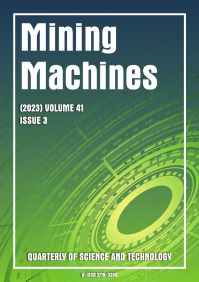Abstract
This publication delves into geomechanical processes encountered during sequential longwall mining of coal seams, with a unique focus on reusing the conveyor track of the prior longwall as the ventilation pathway for the subsequent longwall. An in-depth geomechanical rationale is provided for the reuse of excavations within jointed rock formations. To ascertain the critical roles played by various support and protective elements at each distinct mining stage, a comprehensive analysis is performed using finite element techniques to delineate the three-dimensional stress-strain characteristics of the rock mass. Employing an innovative methodology integrating multifactorial analysis, contemporary structural identification algorithms, and a neuro-heuristic approach for predictive mathematical modeling, an integral stability metric for reusable mining excavations is introduced. Specifically, this metric quantifies the relative preservation of the excavation's cross-sectional area following its connection to the second longwall. Furthermore, the study tackles the challenge of nonlinear optimization through the application of the generalized reduced gradient method (Frank-Wolfe), ultimately deriving the optimal combination of factors that maximizes the preservation of the cross-sectional area for these reusable excavations.

This work is licensed under a Creative Commons Attribution-NonCommercial 4.0 International License.
Copyright (c) 2023 Dmytro BABETS, Olena SDVYZHKOVA, Artur DYCZKO, Łukasz GLIWIŃSKI


